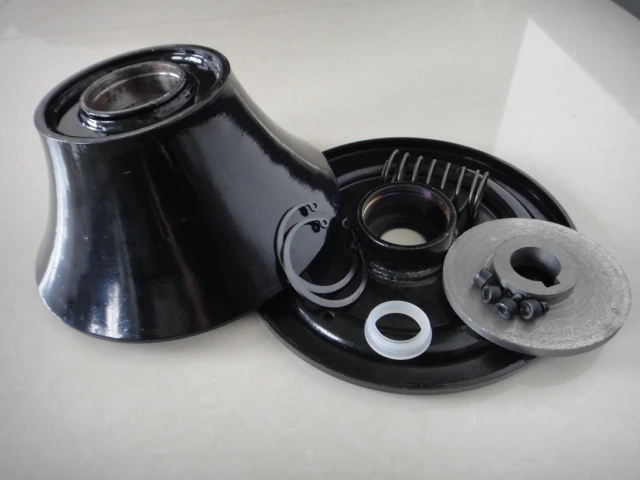 Afrikaans
Afrikaans  Albanian
Albanian  Amharic
Amharic  Arabic
Arabic  Armenian
Armenian  Azerbaijani
Azerbaijani  Basque
Basque  Belarusian
Belarusian  Bengali
Bengali  Bosnian
Bosnian  Bulgarian
Bulgarian  Catalan
Catalan  Cebuano
Cebuano  Corsican
Corsican  Croatian
Croatian  Czech
Czech  Danish
Danish  Dutch
Dutch  English
English  Esperanto
Esperanto  Estonian
Estonian  Finnish
Finnish  French
French  Frisian
Frisian  Galician
Galician  Georgian
Georgian  German
German  Greek
Greek  Gujarati
Gujarati  Haitian Creole
Haitian Creole  hausa
hausa  hawaiian
hawaiian  Hebrew
Hebrew  Hindi
Hindi  Miao
Miao  Hungarian
Hungarian  Icelandic
Icelandic  igbo
igbo  Indonesian
Indonesian  irish
irish  Italian
Italian  Japanese
Japanese  Javanese
Javanese  Kannada
Kannada  kazakh
kazakh  Khmer
Khmer  Rwandese
Rwandese  Korean
Korean  Kurdish
Kurdish  Kyrgyz
Kyrgyz  Lao
Lao  Latin
Latin  Latvian
Latvian  Lithuanian
Lithuanian  Luxembourgish
Luxembourgish  Macedonian
Macedonian  Malgashi
Malgashi  Malay
Malay  Malayalam
Malayalam  Maltese
Maltese  Maori
Maori  Marathi
Marathi  Mongolian
Mongolian  Myanmar
Myanmar  Nepali
Nepali  Norwegian
Norwegian  Norwegian
Norwegian  Occitan
Occitan  Pashto
Pashto  Persian
Persian  Polish
Polish  Portuguese
Portuguese  Punjabi
Punjabi  Romanian
Romanian  Russian
Russian  Samoan
Samoan  Scottish Gaelic
Scottish Gaelic  Serbian
Serbian  Sesotho
Sesotho  Shona
Shona  Sindhi
Sindhi  Sinhala
Sinhala  Slovak
Slovak  Slovenian
Slovenian  Somali
Somali  Spanish
Spanish  Sundanese
Sundanese  Swahili
Swahili  Swedish
Swedish  Tagalog
Tagalog  Tajik
Tajik  Tamil
Tamil  Tatar
Tatar  Telugu
Telugu  Thai
Thai  Turkish
Turkish  Turkmen
Turkmen  Ukrainian
Ukrainian  Urdu
Urdu  Uighur
Uighur  Uzbek
Uzbek  Vietnamese
Vietnamese  Welsh
Welsh  Bantu
Bantu  Yiddish
Yiddish  Yoruba
Yoruba  Zulu
Zulu bearing housing types
Understanding Bearing Housing Types
Bearing housings play a crucial role in machinery and equipment across various industries. They serve as protective enclosures for bearings, facilitating smooth rotation and minimizing wear and tear. Selecting the appropriate bearing housing type is crucial for optimizing performance and ensuring longevity. Several factors influence the type of bearing housing to choose, including operational conditions, bearing type, and installation requirements.
One of the most common types of bearing housings is the plummer block, which offers a robust support structure for horizontal shaft applications. It features a solid cast iron body that provides excellent stability and can accommodate various bearing types, such as tapered roller bearings or spherical roller bearings. The design allows for easy maintenance, making it a popular choice in industries like mining and construction, where heavy loads are common.
Understanding Bearing Housing Types
Take-up housings are specifically designed for adjustable applications; they make it easier to maintain proper tension in conveyor belt systems. The adjustable feature allows users to reposition the bearing for optimal function, making them a versatile option in packaging and material handling industries.
bearing housing types

Split housings, on the other hand, provide the advantage of easy assembly and disassembly, making them ideal for applications that require frequent maintenance or replacement. They allow for quick bearing changes without dismantling the entire assembly, thereby minimizing downtime. Split housings are prevalent in environments where equipment is large or difficult to access.
In more specialized applications, sealed bearing housings are employed to prevent the ingress of dust, dirt, and moisture. This type of housing extends bearing life, particularly in harsh environments such as food processing or chemical manufacturing, where contaminants can severely impact operational efficiency.
When choosing a bearing housing type, it’s important to consider factors such as load capacity, environmental conditions, and operational speed. Proper alignment, lubrication, and regular maintenance are essential for the optimal function of bearing housings.
In conclusion, understanding the different bearing housing types and their specific applications is vital for engineers and maintenance professionals. A well-chosen bearing housing not only enhances machinery performance but also contributes to reducing operating costs by prolonging the lifespan of bearings and associated components. By analyzing the unique requirements of each application, one can ensure that the correct bearing housing type is utilized, ultimately leading to more efficient and reliable machinery.
-
Revolutionizing Conveyor Reliability with Advanced Rubber Lagging PulleysNewsJul.22,2025
-
Powering Precision and Durability with Expert Manufacturers of Conveyor ComponentsNewsJul.22,2025
-
Optimizing Conveyor Systems with Advanced Conveyor AccessoriesNewsJul.22,2025
-
Maximize Conveyor Efficiency with Quality Conveyor Idler PulleysNewsJul.22,2025
-
Future-Proof Your Conveyor System with High-Performance Polyurethane RollerNewsJul.22,2025
-
Driving Efficiency Forward with Quality Idlers and RollersNewsJul.22,2025





























